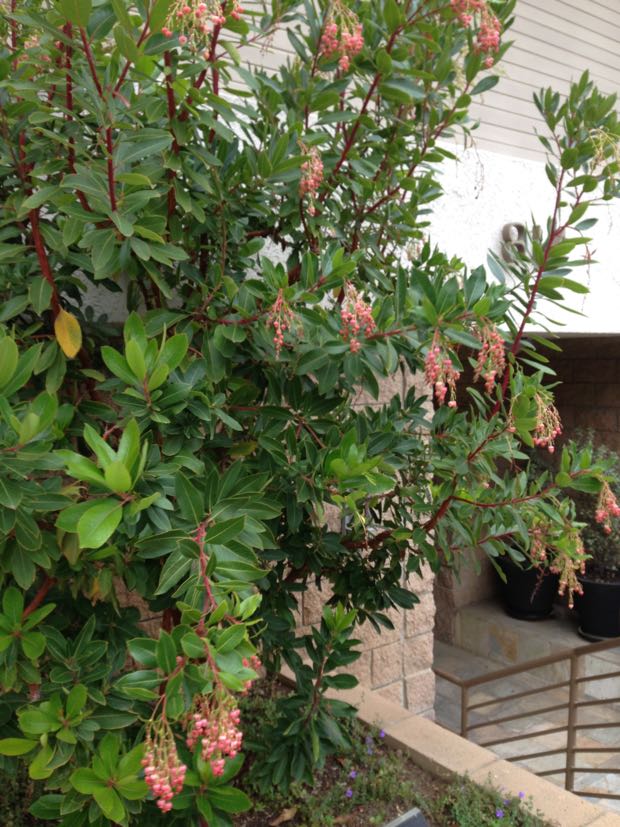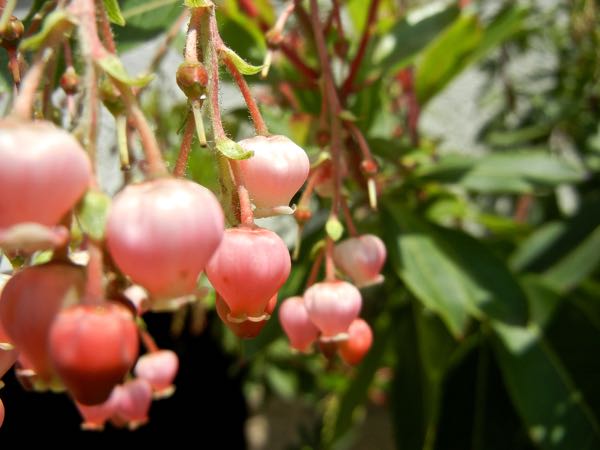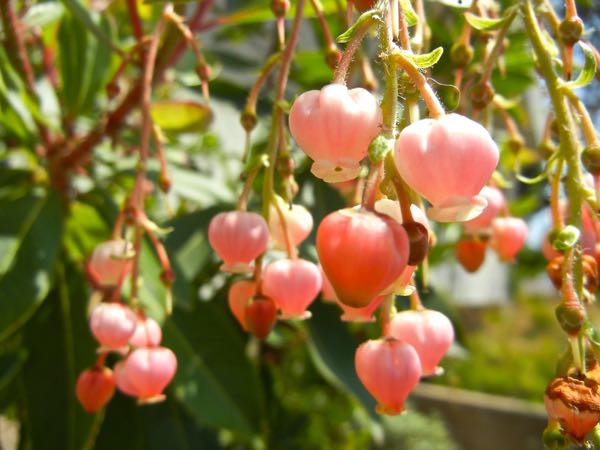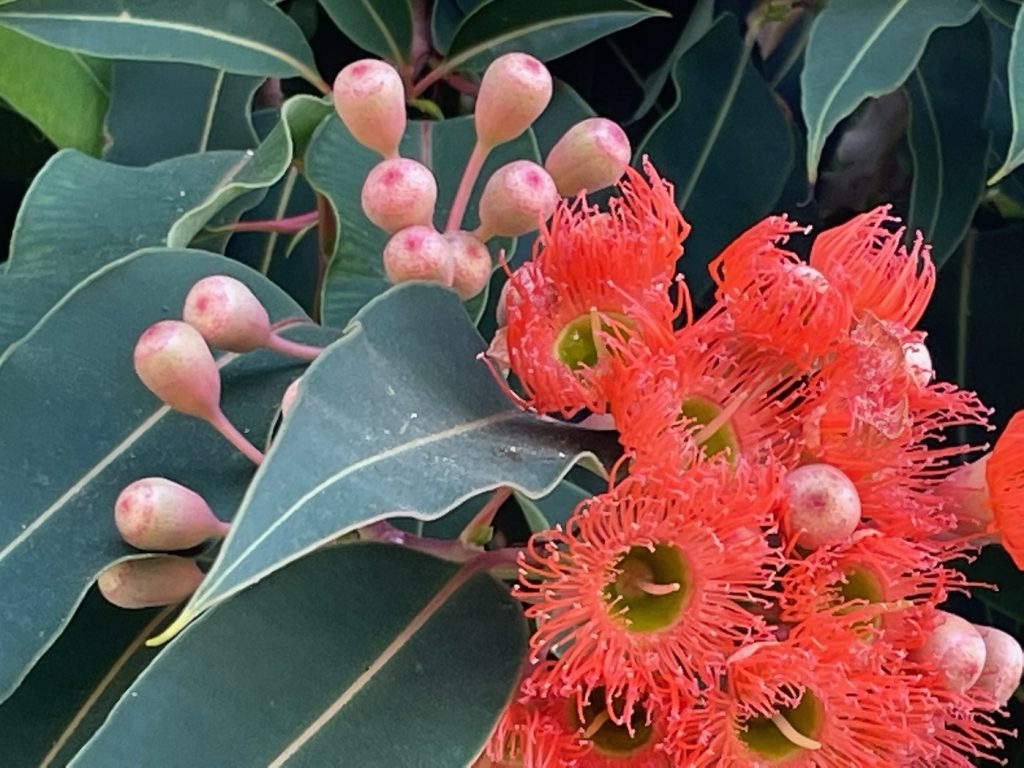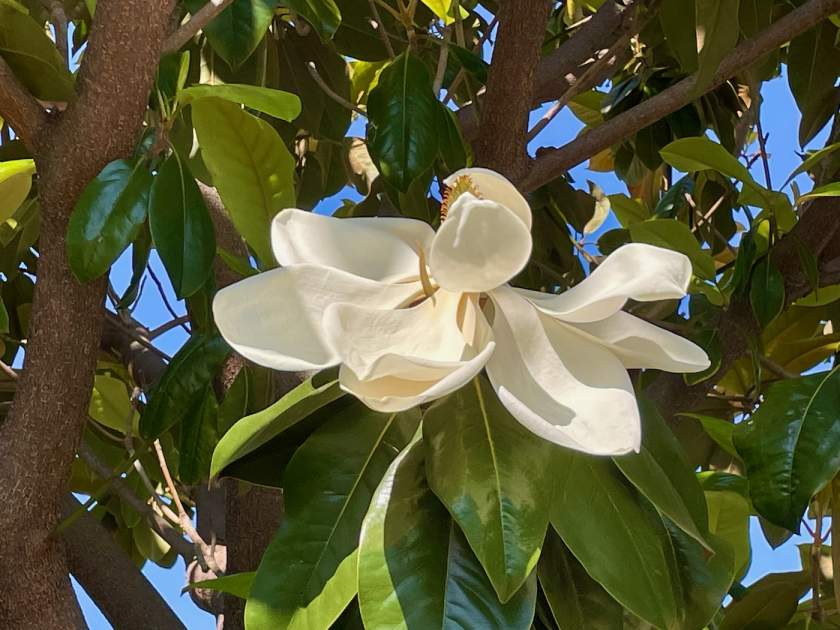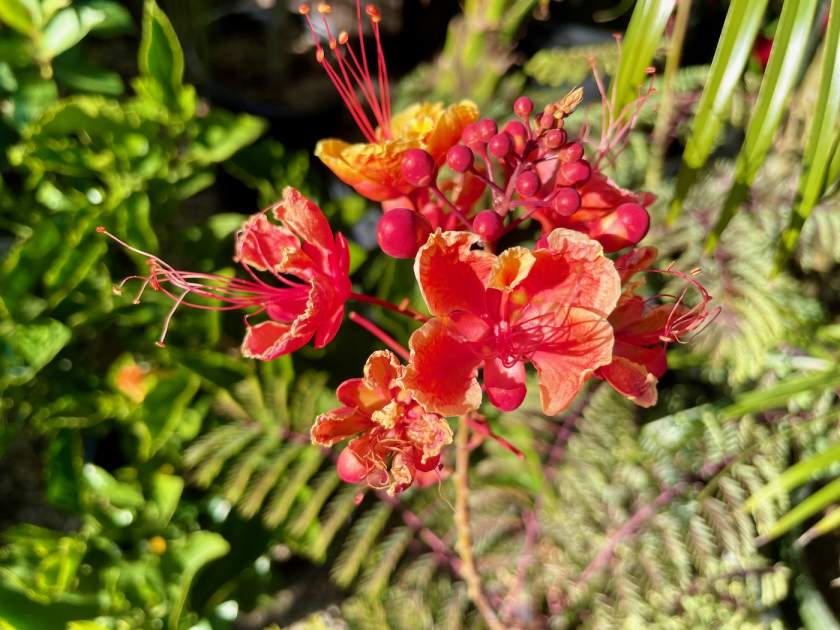Arbutus unedo: Nature’s Delight – The Strawberry Tree
Arbutus unedo, commonly known as the Strawberry Tree, is a captivating evergreen tree renowned for its creamy-white or pink, bell-shaped flowers that transform into strawberry-like fruits. Belonging to the Ericaceae family, this tree offers more than just visual appeal. Its fruits, resembling figs in taste, are utilized in jams and liquors, adding a delectable touch to culinary creations. Another intriguing feature of Arbutus unedo is its bark, which peels in strips to reveal a warm cinnamon color. With its year-round foliage and ornamental qualities, this tree is a favored choice for landscaping projects, contributing to the overall beauty of the surroundings.
Origin and Varieties
Arbutus unedo is native to the Mediterranean region, stretching all the way to Ireland. In Ireland, it is commonly referred to as the Irish Strawberry Tree. Additional names for this tree include Cane Apple, Dalmation Strawberry, or Killarney Strawberry Tree. It thrives in a variety of climates and holds a special place in gardens and landscapes across different regions.
Growth and Cultivation
Arbutus unedo typically reaches a height of 10 meters or 30 feet. It graces the landscape with its autumn blooms, featuring small, bell-shaped flowers. The fruits of Arbutus unedo take approximately 12 months to mature and closely resemble strawberries in appearance. These edible fruits are not only enjoyed fresh but also utilized in various culinary applications.
When cultivating Arbutus unedo, it is best to provide it with a sunny or partially shaded location. The tree thrives in average, acidic, and well-drained soil that retains moisture. While it is generally disease-free, vigilance is advised against aphids and Arbutus Leaf Spots. On the bright side, this tree has the ability to attract butterflies and hummingbirds, enhancing the natural beauty of its surroundings.
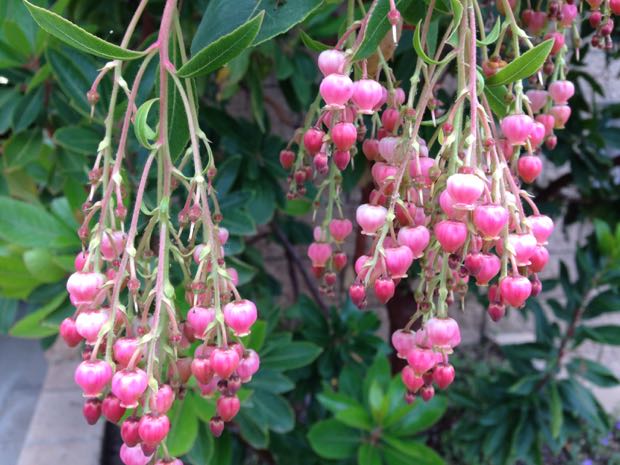
Cultivation of Arbutus unedo:
To ensure the successful growth of Arbutus unedo, consider the following tips:
Optimal Sunlight and Soil: Provide the tree with full sun or partial shade, ensuring it receives at least four hours of direct sunlight daily. The tree is adaptable to a wide range of soil types, but it thrives in well-drained, acidic soil.
Planting Technique: Dig a hole that is twice as wide and deep as the root ball. Incorporate compost or organic matter into the soil to enhance its fertility. Place the plant in the hole and backfill it with soil, ensuring the tree is properly positioned. Thoroughly water the plant after planting.
Watering Requirements: During the first year after planting, water the tree deeply once a week. Subsequently, adjust watering based on the tree’s needs, particularly during the summer months. Avoid overwatering to prevent waterlogged conditions.
Fertilization: Apply a balanced fertilizer in the spring to promote healthy growth. Periodic light applications of fertilizer throughout the year will further support the tree’s development.
Pest and Disease Management: Arbutus unedo is generally resistant to pests and diseases. However, occasional infestations of scale, mealybugs, or aphids may occur. Utilize insecticidal soap or neem oil to treat affected areas.
Propagation Techniques: Propagate Arbutus unedo through either seeds or semi-hardwood cuttings. For seed propagation, sow the seeds in a well-drained potting mix during the fall, allowing germination to occur in the following spring. To propagate through cuttings, select semi-hardwood stems in the summer, ensuring each cutting has a minimum of two nodes. Root the cuttings in a well-drained potting mix.
Longevity and Versatility: With proper care, Arbutus unedo can live for hundreds of years, becoming a cherished part of the landscape for generations to come. Its versatility makes it suitable as a specimen plant, in shrub borders, or even as a hedge. Many gardeners also appreciate its adaptability to container gardening.
Cold Weather Protection:
In USDA zones 6 and below, it is crucial to protect Arbutus unedo from cold weather. Provide shelter or insulation during frosty periods to safeguard the tree’s health.
Spring Pruning: Prune the tree in the spring to remove any dead, diseased, or damaged branches. This helps maintain its overall health and appearance.
Mulching: Apply a layer of mulch around the base of the tree to help retain moisture in the soil, prevent weed growth, and provide insulation during temperature fluctuations.
By following these additional tips, you can ensure the successful growth and maintenance of Arbutus unedo, allowing it to thrive and contribute its unique beauty to your landscape.

